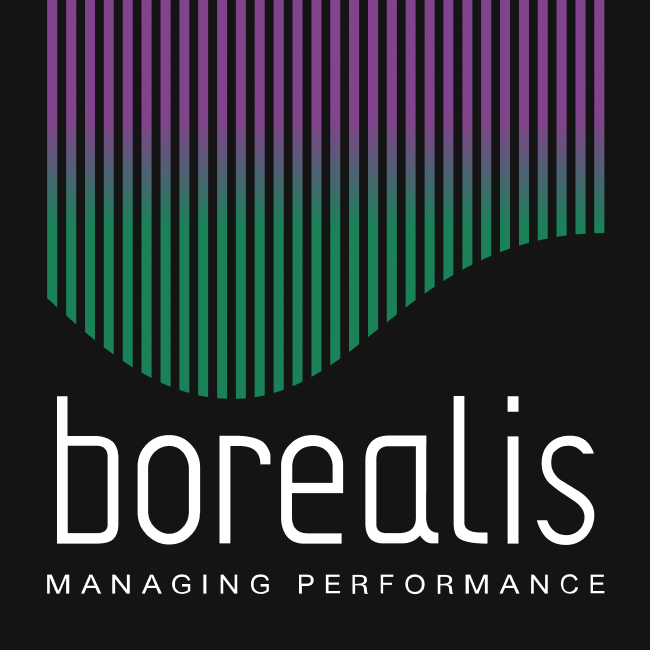Around March, most companies are usually well past the stage of setting their annual strategy. Planning and ambition setting has taken place.But the strategy itself is just the beginning. The real challenge for most organisations is how to break down this strategy into concrete objectives and action plans that will actually lead to results.
OKRs (Objectives and Key Results) are proving to be a vital tool in this process. OKRs are a method for translating strategic goals into concrete, measurable objectives. This tool helps the organisation to stay focused and to monitor progress towards achieving the expected results.
The use of OKRs is widespread across a wide range of industries and organisational sizes. From technology giants to small start-ups, it is used in many places. The bottom line is OKRs help teams and individuals focus on what is most important at any given time and how it contributes to achieving the organisation’s strategic goals.
However, implementing OKRs is not always easy. One of the biggest challenges is to properly define the goals and key outcomes to ensure that they are truly inspiring and achievable. It is also important that the OKRs are regularly reviewed and updated in the light of the current situations and circumstances.
In addition to OKRs, there are a number of other tools that can be used in combination with them, such as the Balanced Scorecard or the SWOT analysis. These tools can complement the OKRs and help the organisation to get a more complete picture of its strategic situation and progress. However, the unique advantage of OKRs is that they provide a high degree of focus and measurability, which is essential for successful strategic implementation.
Future planning – Strategy – Execution- Sustainability
We are partners in progress.





